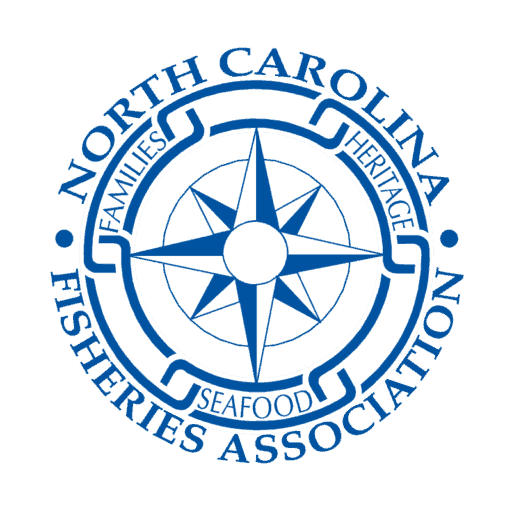LEGISLATIVE UPDATE
RESIGNATIONS & APPOINTMENTS:
Representative Debra Conrad, a four term Republican, announced she is retiring, probably today, from the NC House. She represents the 74th District, Forsyth County.
Linda Cooper-Suggs was appointed on July 27th to the 24th House District replacing Jean Farmer-Butterfield who resigned earlier. She’s from Wilson.
It’s been reported that Senator Danny Britt from Robeson County has recovered from a mild case of Covid-19.
99.5 Percent of an Atlantic Menhaden Year Class is Left in the Water to Serve Its Ecological Role, New SCEMFIS Report Finds
The Atlantic menhaden fishery leaves 99.5 percent of a menhaden year class in the water to serve its ecological role as forage, according to a new review from Dr. Steve Cadrin of the University of Massachusetts Dartmouth. This finding is one of many indicators that menhaden is a healthy and sustainable resource, according to the review.
Full Report can be found here:
https://scemfis.org/wp-content/uploads/2020/07/forage_atlantic_menhaden.pdf
Rhode Island study shows no net negative effects from off bottom oyster production
How are oysters farmed – and what’s the effect on subaqueous soils? – Soil Science Society blog site “Soils Matter” – 7-1-20
Excerpt:
The goal was to assess the impacts of oyster aquaculture on soils and bottom-dwelling critters after short-term (one week) and long-term (3-21 years) durations of aquaculture activity.
Our results revealed some striking trends, suggesting that oyster aquaculture had no net-negative impacts on soils or the critters. There was no significant accumulation of biodeposit-derived nitrogen or carbon. We suspect the bottom-dwelling critters used up many of these resources. However, there were also many opportunistic species and deposit-feeding organisms in aquaculture sites compared to those not used for aquaculture. This indicates a community shift that favors critters that thrive under high organic inputs (from the oyster poop) and/or disturbance.
Other factors indicated that the environment below the off-bottom systems was anoxic, or without oxygen. This can be bad for other bottom-dwelling organisms, but there were still plenty of organisms functioning in these soils.
So, while our results suggest oyster aquaculture poses minor changes to soils and bottom-dwelling communities, site-specific factors should always be taken into consideration due to the dynamic nature of coastal environments.
Based on these results, one could propose oyster farming offers a new strategy for sustainable food production and coastal soils management. As the oyster industry continues to succeed and expand, further research will be necessary to investigate the ongoing impacts of oyster farming on coastal ecosystems.
